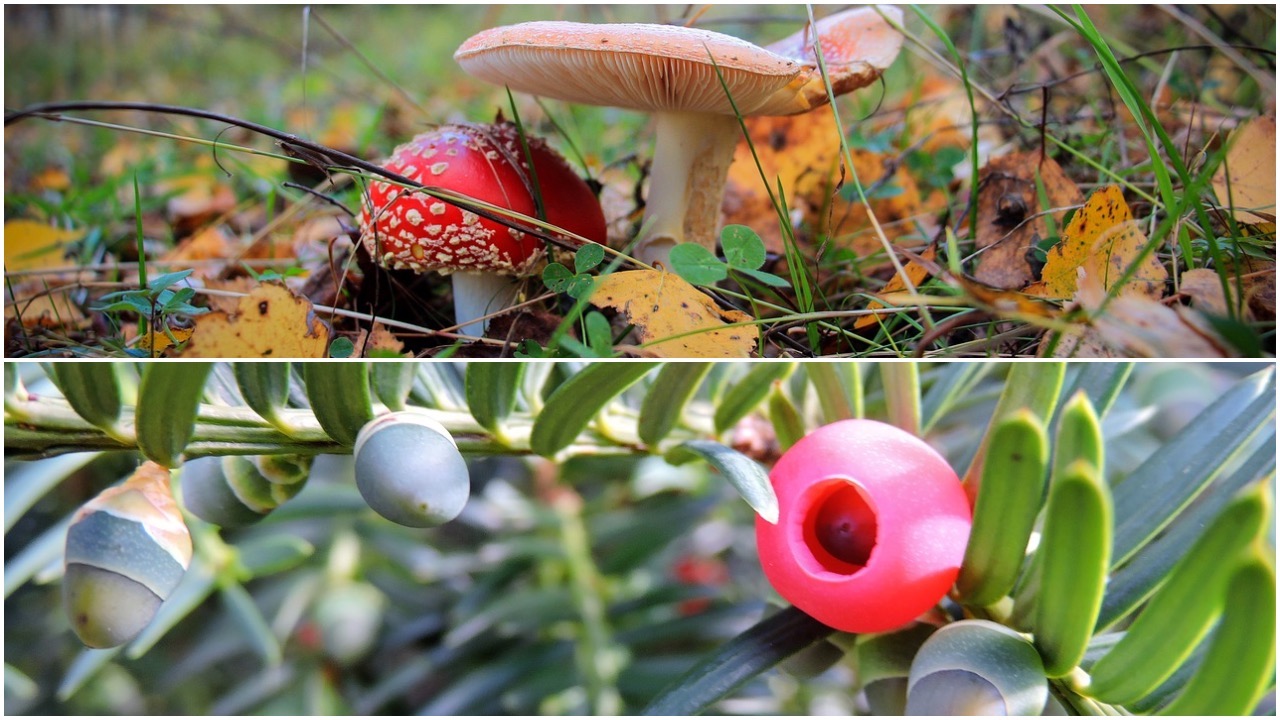Poisonous plants you should avoid at all costs

Identifying poisonous plants is vital for someone in a survival situation. Being able to recognize what plants are dangerous for you is as important as detecting edible plants.
If left without food in the woods you will want to eat any plant that looks tasty, but you can be very wrong. Sometimes, it is better to be hungry than be sick or even dead.
Plant poisoning can occur in different ways including ingestion, contact, absorption or inhalation. In most cases, intoxication comes as a result of eating the plant while being desperate for food.
Some plants contain smaller doses of toxins so the process of poisoning is very slow, while others can cause a quick death.

Often people react differently to poison. Also, some animals can eat plants that humans can’t, so it’s best not to rely on what you see them eating. Boiling the plants won’t remove all the toxins, therefore, is better not use it. If you suspect a plant or herb, just don’t touch it.

The best you can do is to learn as much as you can about plants and how to tell the difference between good and bad plants. There are many poisonous plants that look like their edible relatives, and you need to pay particular care when considering these as food.
Poisonous Hemlock looks like a wild carrot. Other plants are edible during just one period in their cycle and after that they become toxic. For example, pokeweed leaves are edible when young, but become very toxic in later stages.
Or, there are plants with some parts edible and other parts poisonous, such as tomatoes and potatoes. Their leaves contain lots of poison.
Avoid any mushrooms that you cannot correctly identify, they can be very dangerous and also easily confused with which ones are edible and which one are not.

Contact Poisoning
The primary toxin of these plants in carried in the oil they release. When the oil comes into contact with your skin, it causes scratching, burning, reddening, itching, swelling, blisters and can also stay on your equipment and poison more people.
Never burn a contact-poisonous plant because the smoke can be equally harmful. If you touch a poisonous plant, thoroughly wash the place with cold water and soap. If no water is available just rub dirt and mud to remove the oil.
The most dangerous contact-poisoning plants are Cowhage, Poison ivy, Poison oak, Poison sumac, Rengas tree, and Trumpet vine.

Ingestion poisoning
Symptoms of ingestion poisoning can include nausea, vomiting, diarrhea, abdominal cramps, depressed heartbeat and respiration, headaches, hallucinations, dry mouth, unconsciousness, coma, and death.
Be careful with everything you ingest and don’t eat a plant you can’t identify. If you suspect you have plant poisoning try to get the poison out of your system as soon as possible by vomiting.
Poisonous plants you should never eat are Castor bean, Chinaberry, Death camas, Lantana, Manchineel, Oleander, Pangi, Physic nut, and Strychnine tree.

Also, don’t forget to take your first aid kit and always have some snacks on you. It’s better to carry few pounds more than to get hungry and then poisoned in the woods. Be careful with what you eat and once again, avoid the mushrooms!
If you have any comments then please drop us a message on our Outdoor Revival Facebook page
If you have a good story to tell or blog let us know about it on our FB page, we’re also happy for article or review submissions, we’d love to hear from you.
We live in a beautiful world, get out there and enjoy it.
Outdoor Revival – Reconnecting us all with the Outdoor
